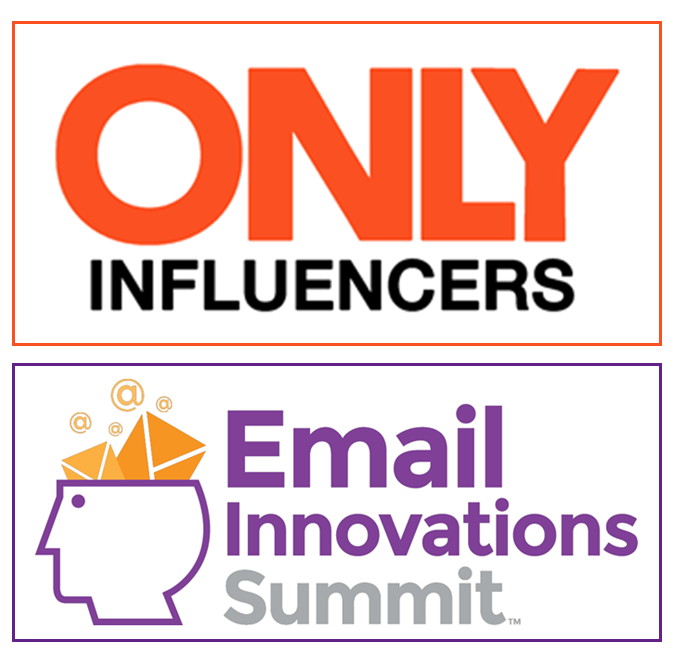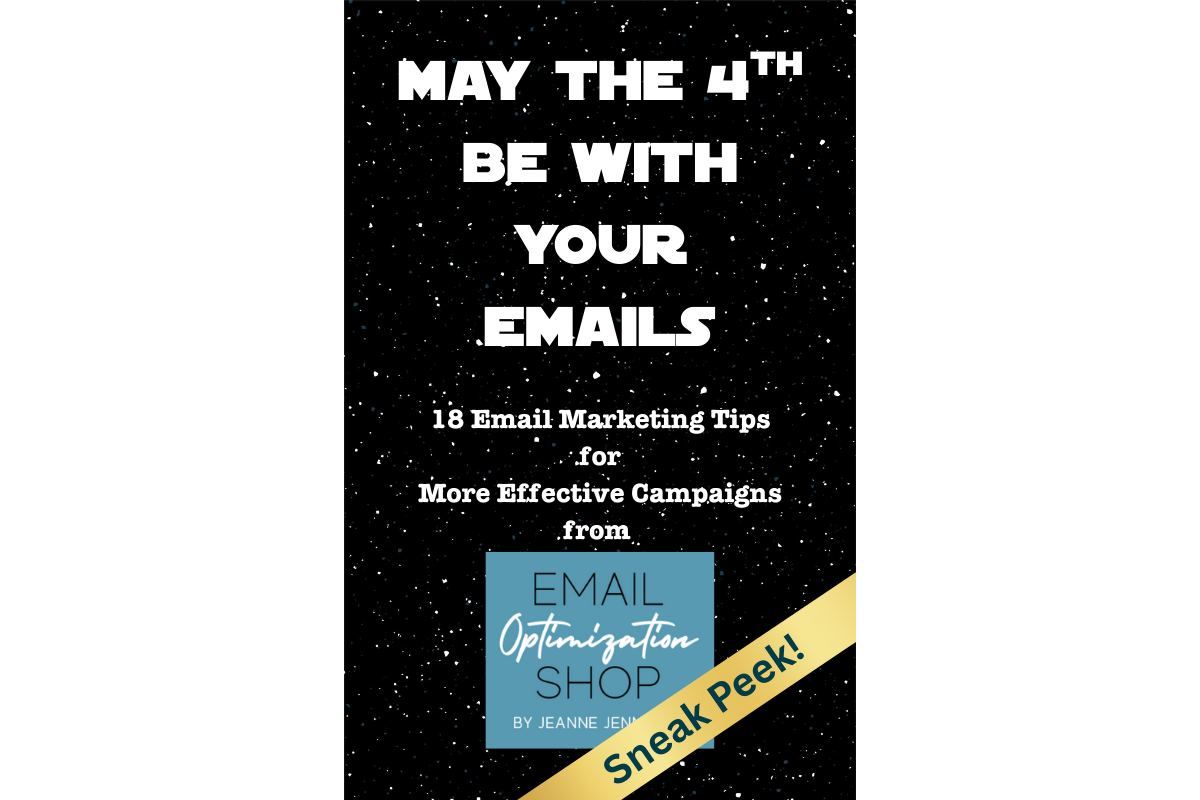I’ve been watching my own inbox and advising my clients on how to message via email to their subscribers in this difficult situation. I have seen three ‘waves’ of communications since this pandemic came to the forefront. Which wave is your company in? When will you move to the next?
The three waves I’ve seen are:
- React: this is happening, oh sh*t!
- Respond: this could be bad, let us send out something authentic
- Redirect: this is serious, words aren’t enough, let’s take some action
React
This was the oh sh*t phase — we should say something! Quick! Going back to my inbox, the first of these messages arrived on March 2, 2020. Here’s an example.

There’s nothing wrong with this message; it was early and brands were wanting to get out there with something. But it’s long and, in truth, the value is somewhat limited.
Once one organization sent one of these messages, other organizations quickly jumped on the bandwagon. If you look at them, many of them are cookie-cutter; it looks like people took what was out there and just paraphrased or actually re-purposed copy from others.
Respond
The first message of this type appeared in my inbox on March 9, 2020. Again, a sample is below. This was the more human response. Companies took the time to craft something in their own voice, it spoke more specifically about their own organization and to their own audience.
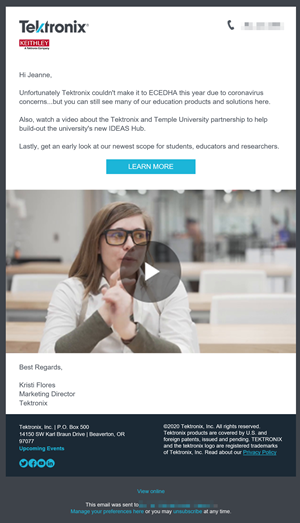
I think we can all agree that these messages were more interesting to read. But did they actually provide value? They tried to, but many people were more focused on adjusting to the ‘new normal’ than interested in doing the normal things they used to do.
Redirect
This is the third phase, the one where efforts are redirected to be more personal, more helpful. The first email of this type landed in my inbox March 17, 2020; two examples appear below (highlighting is mine).
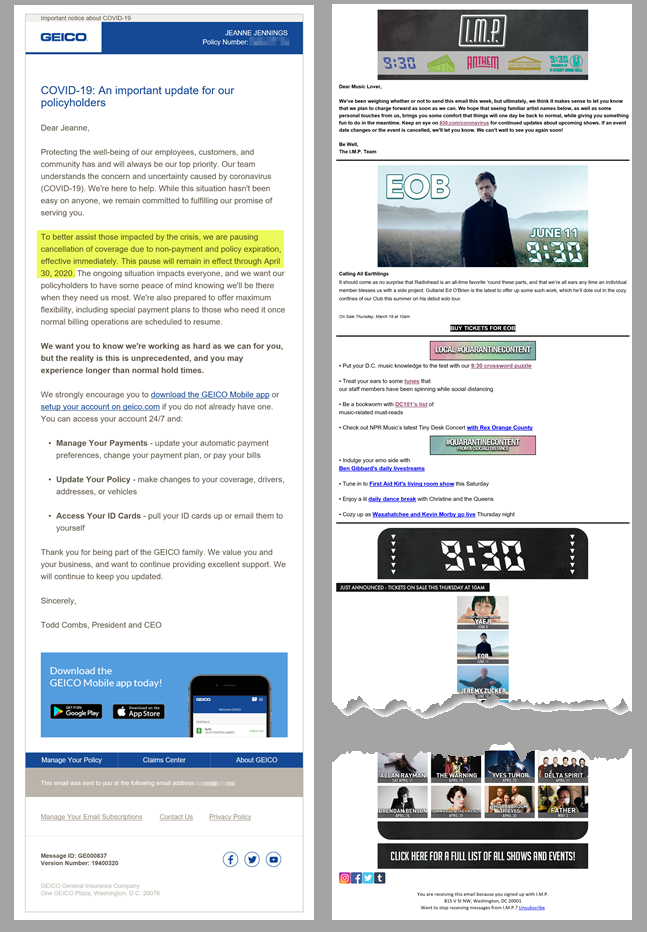
This is where brands are really differentiating themselves. They are letting subscribers know what they are doing to try to help, in ways that are outside their usual mode of business.
This will build a lot of goodwill with customers, which will turn into loyalty over the longer term. Actions speak louder than words.
Here are some of the ways I’ve seen brands taking action:
- Suspending stoppage of service orders for customers during the crisis; think utilities, mortgage lenders and service providers like Geico (above)
- Offering free services to prospects, for tools that might help make work easier during the pandemic; think video conference services and efficiency tools to make working online easier
- Helping their communities; think supporting food banks for those in need or providing products/services to those on the front lines of fighting the virus
- Providing links to resources to help and/or just brighten people’s days during this #stayhome mentality. Any business can do this, in any industry; see the 9:30 Club (a music venue here in DC) example above
It’s important to note that many of these messages also include ‘Respond’ elements — updates on hours, how to get customer service, which shows/events are cancelled, etc. But the key difference with a “Redirect’ message is including content to connect on a more personal level with your email subscribers. To help them and provide hope, not just news updates.
So where is your organization?
If you’re in either of the first two phases, React or Respond, I’d advise you to shift to Redirect. The world doesn’t need another boilerplate ‘React’ message; while a traditional ‘Respond’ message is nice, it’s going to get lost in the crowd of those being sent right now. Move on to ‘React’ to have a positive impact on your audience — and the world — in this difficult time.
